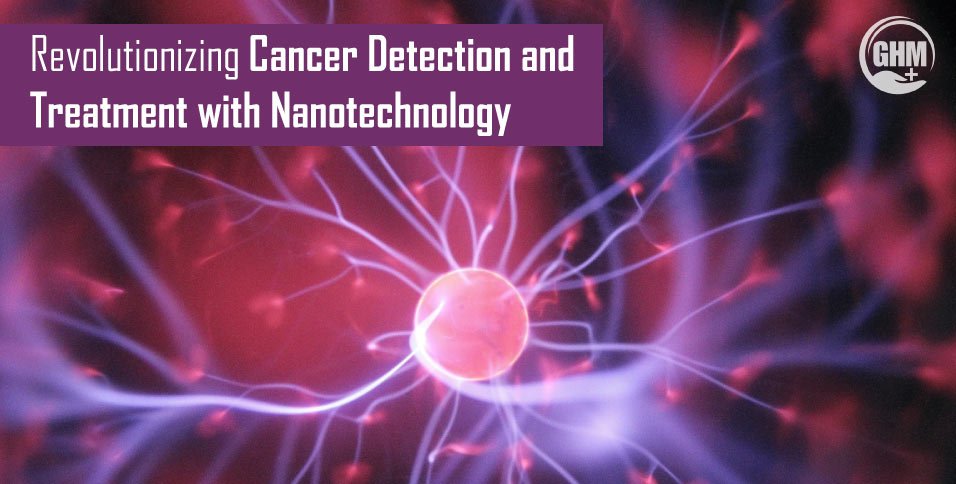In recent years, scientists have been making remarkable strides in the fight against cancer, thanks to the incredible potential of nanotechnology. Nanotechnology involves manipulating matter at the tiniest scale, from 1 to 100 nanometers, and it holds immense promise in cancer research and oncology. Recent breakthroughs, such as those by scientists at the Indian Institute of Science (IISc), demonstrate how nanotechnology is opening new avenues for both cancer detection and treatment.
Early Detection and Diagnosis
One of the key battlegrounds against cancer is early detection. Detecting cancer in its early stages significantly improves the chances of successful treatment. Nanotechnology offers a game-changing approach to early diagnosis. The hybrid nanoparticles developed at IISc, composed of gold and copper sulphide, are a prime example of this innovation. These nanoparticles have the remarkable ability to detect different types of cancer using sound waves.
When exposed to light, these nanoparticles absorb it and generate heat, which can effectively kill cancer cells. Furthermore, they produce singlet oxygen atoms that are toxic to cancer cells. These dual mechanisms make them a powerful tool against the disease. Importantly, the photoacoustic property of these nanoparticles allows for the absorption of light and the generation of ultrasound waves. This property simplifies the detection of cancer cells with high contrast, eliminating the need for complex imaging techniques.
Treatment and Therapy
Beyond diagnosis, nanotechnology is also revolutionizing cancer treatment. Nanoparticles enable the precise administration of therapies directly to cancerous cells and tissues. This means that chemotherapy, radiotherapy, and even cutting-edge immunotherapies and gene therapies can be delivered directly to the tumor site in a safer and more targeted manner. Additionally, nanotechnology tools can enhance surgical resection of tumors, improving outcomes for patients.
Current Progress and Clinical Trials
Nanotechnology-based cancer interventions have been in development for some time, and many are already benefiting patients. Several nano-enabled therapeutics are in clinical use and undergoing clinical trials. These treatments are a testament to the potential of nanotechnology to transform cancer care.
Safety Considerations
While the potential of nanotechnology in cancer treatment and diagnosis is undeniable, safety remains a paramount concern. Organizations like the National Cancer Institute’s Alliance for Nanotechnology in Cancer are continuously evaluating the safety of these cutting-edge technologies to ensure they are both effective and safe for patients.
Conclusion
Nanotechnology is ushering in a new era in the battle against cancer. The recent breakthrough at the Indian Institute of Science showcases how nanotechnology can detect cancer early, with remarkable precision, and deliver therapies in a targeted manner. As this field continues to advance, we can expect even more innovative solutions that will improve the lives of cancer patients. With ongoing research and a commitment to safety, nanotechnology is poised to make cancer detection and treatment more effective and less invasive, bringing hope to millions around the world.



















